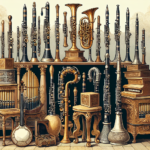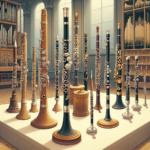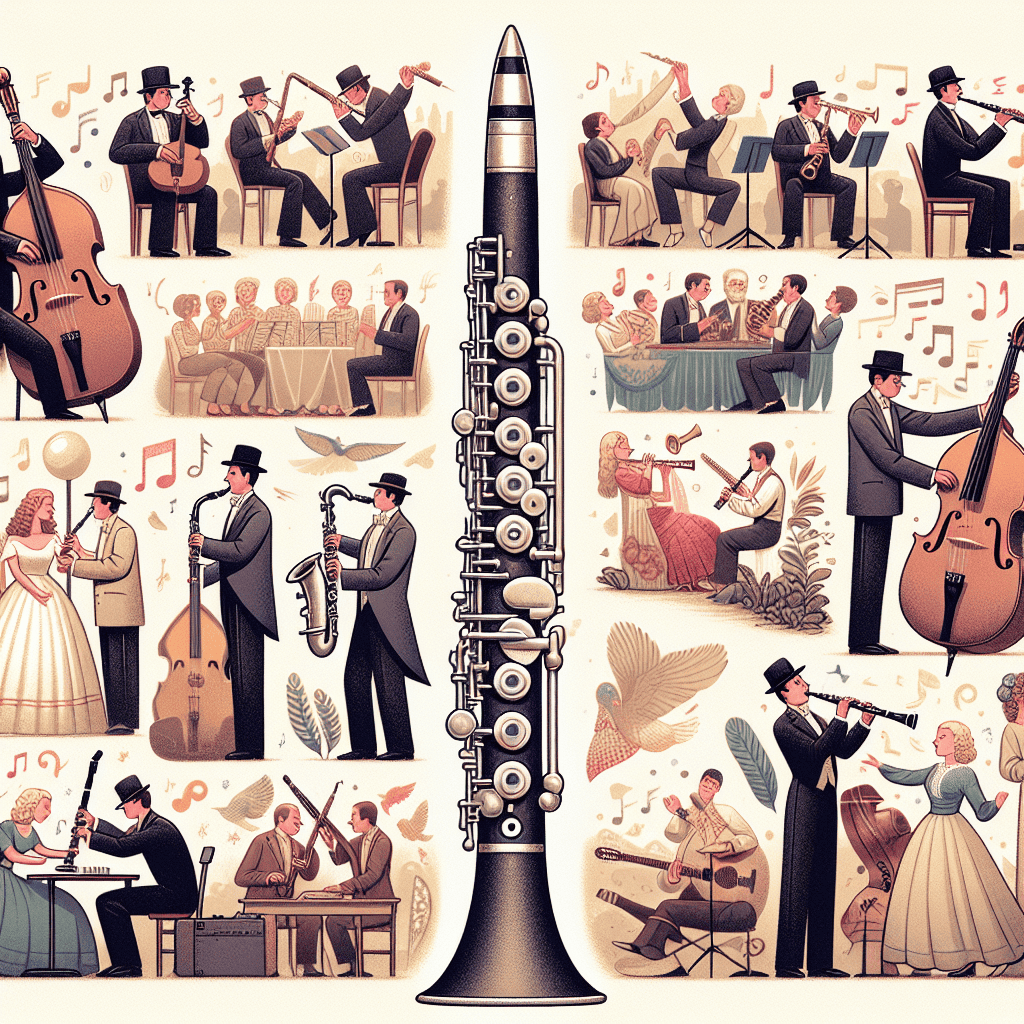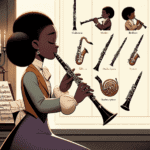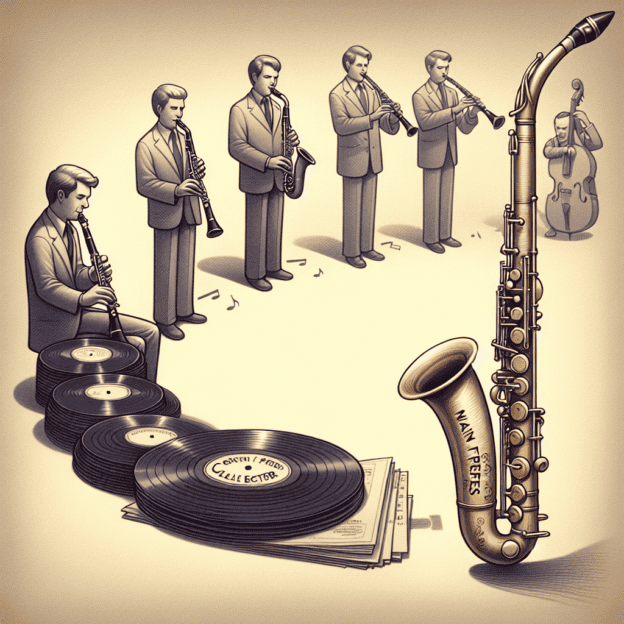The clarinet, a versatile and expressive instrument, plays a significant role in both classical and contemporary music. Among the numerous brands that have shaped this beloved instrument, Martin Freres stands out with its rich history and dedication to quality. This post explores how Martin Freres clarinet prices have changed over time, and what factors have influenced their value for musicians and collectors.
The Roots of Martin Freres
Martin Freres came into existence in the mid-20th century, quickly gaining fame for producing top-notch instruments for both professional players and serious students. Their clarinets are known for their sturdy build, beautiful sound, and ease of play. The pricing of Martin Freres instruments has followed the general trends in the clarinet market, influenced by craftsmanship, material choices, and shifts in demand and popularity.
Historical Pricing Trends
Looking at how Martin Freres clarinet prices have changed over time gives us valuable insights into the brand's market position. Let's examine the different periods that shaped pricing:
1950s-1960s: The Foundation Years
During the 1950s and 1960s, Martin Freres clarinets were reasonably priced given their quality. Prices typically ranged from $200 to $500, making them accessible to a wide range of players. This affordable pricing strategy allowed budding musicians to own high-quality instruments, building brand loyalty from the start.
| Decade | Price Range | Key Factors |
|---|---|---|
| 1950s-1960s | $200 – $500 | Affordability, Quality |
| 1970s-1980s | $400 – $1,200 | Increased Demand, Improved Quality |
| 1990s-2000s | $1,200 – $3,000+ | Collectability, Vintage Appeal |
| 2010s-Present | $800 – $2,000 | Modern Needs, Customization Options |
1970s-1980s: Increased Demand and Quality
The 1970s and 1980s brought a renaissance for the clarinet, with renewed interest in jazz and classical music. As demand grew, Martin Freres focused on enhancing quality and craftsmanship. Consequently, prices rose to between $400 and $1,200. This increase reflected the use of superior materials, improved manufacturing techniques, and a shift towards professional-grade instruments. These changes cemented Martin Freres as a top choice for serious musicians.
1990s-2000s: The Rise of Collectability
By the 1990s and early 2000s, Martin Freres clarinets became sought after not just as performance instruments, but also as collectibles. Prices for vintage models increased significantly as collectors vied for rare pieces. Instruments often sold for $1,200 to over $3,000, depending on their condition and uniqueness. This period saw the brand's legacy strengthen as interest in the craftsmanship behind their design grew.
2010s: Adjustments to Modern Needs
In recent years, Martin Freres has adapted to meet the needs of modern players while also appealing to young clarinetists. They've struck a balance between affordability and quality, with prices for new models typically ranging from $800 to $2,000. This pricing caters to a broad spectrum of players. The brand has also expanded its customization options, which contributes to variations in pricing.
Factors Influencing Pricing
To understand why prices change, we need to look at several key factors:
1. Materials and Craftsmanship
The choice of materials, such as grenadilla wood or high-grade resins, greatly affects the price of Martin Freres clarinets. The level of craftsmanship also plays a role—handmade clarinets often cost more than mass-produced models.
2. Market Demand
As musical genres evolve, so does the demand for specific instruments. The popularity of Martin Freres clarinets has varied over time, directly impacting prices as the brand responds to market needs.
3. Reputation and Legacy
Over the years, Martin Freres has built a reputation for quality and playability. This reputation drives demand from both players and collectors, influencing prices. Instruments associated with famous musicians can command even higher prices in the resale market.
4. Condition and Rarity
For used and vintage instruments, condition and rarity are major price determinants. Well-maintained clarinets that are hard to find can fetch much higher prices than more common models.
Conclusion
Martin Freres has become a household name in the clarinet world, known for combining quality craftsmanship with a sound that appeals to musicians of all levels. By examining historical pricing trends and the factors that influence them, players can better understand the value of these instruments. This knowledge empowers clarinetists to make smart choices when buying, whether they're looking at new models or vintage classics.


